Abstract. The discussion on the existence of a distinctive ‘Mediterranean’ welfare model has focused on the historical and politico-institutional dynamics, as well as on the policy traits of the welfare arrangements found in Southern European countries. Particular attention has been given to the external pressures and internal constraints faced by the welfare systems of these countries, as well…
July 2013
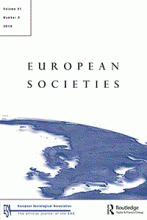
June 2013
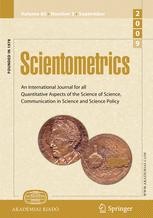
Abstract. The web is not only the main scholarly communication tool but also an important source of additional information about the individual researchers, their scientific and academic activities and their formally and informally published results. The aim of this study is to investigate whether successful scientists use their personal websites to disseminate their work and career details and…

Abstract. The Water Framework Directive (WFD) is a far-reaching piece of European Community
legislation. Estimates of the benefits of WFD Programs are needed at the present time for two reasons. First,
the WFD itself allows for derogations from the general requirement of member states to reach good ecological status in all water bodies by 2015 in cases where the costs of doing so can…
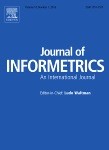
Abstract. This paper presents a comparative analysis of the structure of national higher education networks in six European countries using interlinking data. We show that national …
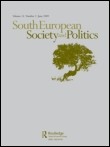
Abstract. In contemporary times, Spain offers a good example of a very compressed transition to post-industrial socioeconomic structures, passing from peripheral to core status within the European Union (EU) and the international economic order. The present article reviews developments and outcomes in Spain since 2000 by paying attention to the impact of the EU on Spain's welfare political…
April 2013
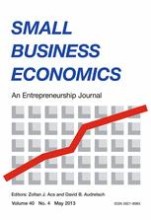
Abstract. Investment in transport infrastructure reduces the cost of distance and enables firms to establish contacts over larger distances. Using data from a panel of Spanish manufacturing firms and geographic information system techniques, this article studies the impact of domestic transport cost reductions on firms’ export market participation, taking into account the role of entry costs and…
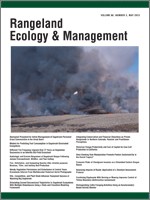
Abstract. Exposure of livestock grazing to forage productivity variation and to market fluctuations affects the risk of investment and returns from cow-calf operations, but little work has been done to empirically compare these returns to the returns that would be demanded by financial markets from assets with similar risk and return characteristics. This study uses historical forage production…
March 2013
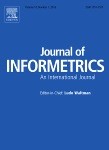
Abstract. The purpose of this paper is to analyse and describe the topological properties of the institutional and national collaboration network from the profiles extracted from Google Scholar Citations (GSC). 19,912 unique profiles with “co-authors” were obtained from a web crawl performed in March 2012. Several statistical and network analysis techniques were used to map and analyse these…
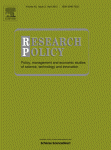
Abstract. This paper analyzes empirically whether expansion of a university system affects local industry innovation. We examine how the opening of new university schools in Italy during 1985–2000 affected regional innovation. We find that creation of new schools increased regional innovation activity already within five years. On average, an opening of a new school has led to a seven percent…
December 2012

Abstract
Purpose
The aim of this paper is to present network visualisation as a way to analyse and to test the design of a website.
Design/methodology/approach
A network graph of the access to the webometrics.info site from its web logs was analysed. Several graphs (navigational and query graphs) with different added variables were…


